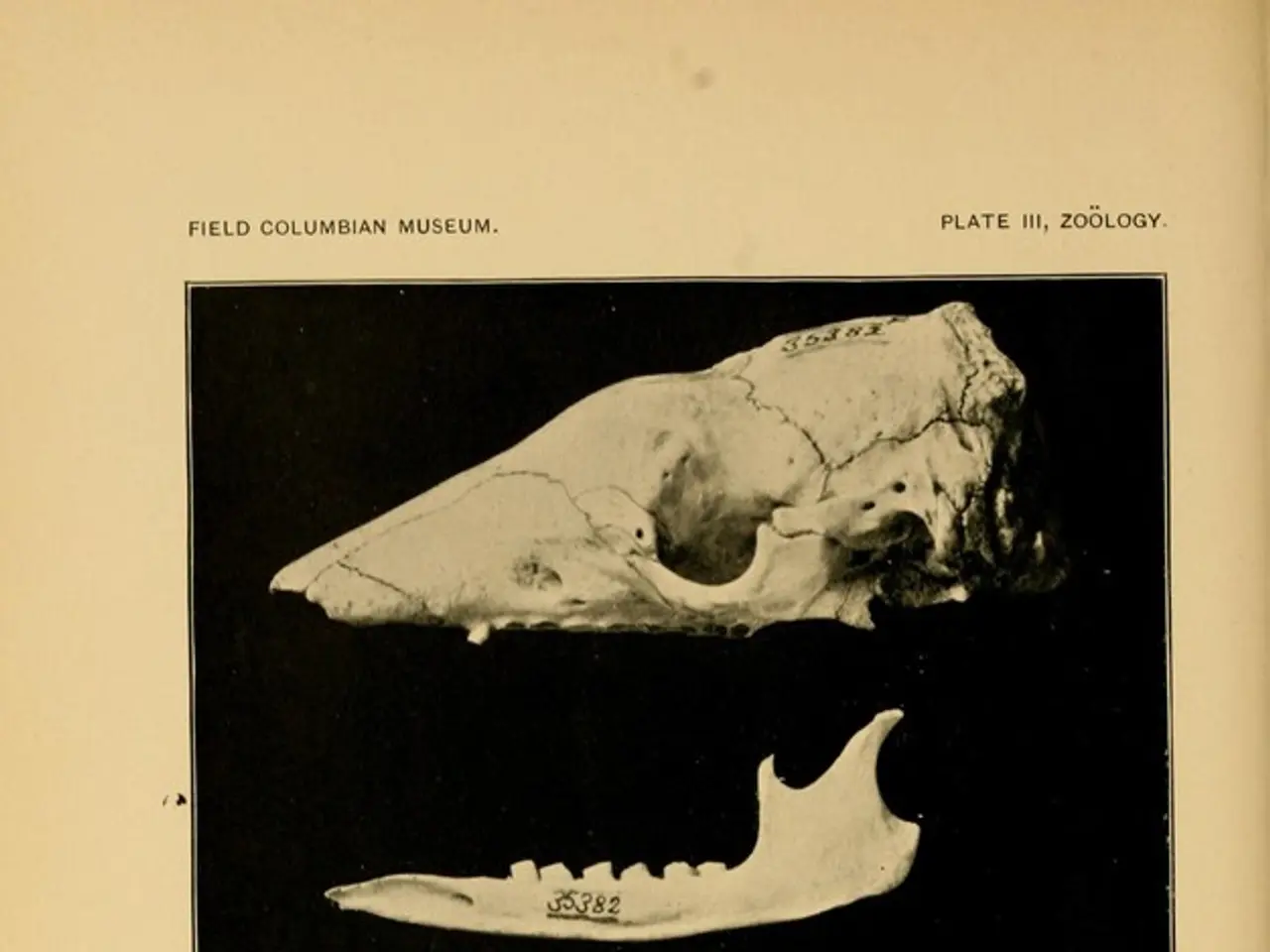Knee Psoriasis: Recognizing Signs, Root Causes, and Remedies
Psoriasis, a common skin condition, can cause various symptoms, including challenges behind the knees. In this article, we will focus on the types of psoriasis that are most likely to affect this area.
Plaque psoriasis and inverse psoriasis are the most common types of psoriasis that can cause skin issues behind the knees. Plaque psoriasis, the most common form of psoriasis overall, results in thick, raised, scaly plaques that can appear on the knees, including the area behind the knee, leading to thickened, dry, cracked skin that may bleed and itch. Inverse psoriasis, on the other hand, specifically affects skin folds and creases like the backs of the knees. It typically appears as red, sore, smooth patches with little or no scaling, but causes irritation, burning, and cracking due to friction and moisture accumulation in that area.
While plaque psoriasis and inverse psoriasis are the most common, other less common types like guttate psoriasis and pustular psoriasis can also affect the knees in some cases. Guttate psoriasis is characterised by a sudden onset of tiny, sometimes scaly, bumps that can appear clustered together and typically affect large areas of the arms, torso, or legs, including the back of the knee. Pustular psoriasis causes inflamed patches of skin that develop pus-filled bumps, with most cases being limited to the hands or feet, but a rare form can spread from the foot up the leg, potentially to the knee.
It is essential to note that psoriasis behind the knees is not a unique symptom of one specific type of psoriasis and can potentially be caused by plaque psoriasis, inverse psoriasis, guttate psoriasis, pustular psoriasis, and erythrodermic psoriasis. Erythrodermic psoriasis, a serious form of psoriasis that causes the skin over most of the body to appear burnt, can also affect the knees, but it is less common and can be life-threatening, requiring immediate medical attention.
In managing psoriasis behind the knees, implementing daily habits and making lifestyle modifications can help. This includes reducing excess body weight, quitting smoking, identifying and avoiding triggers, and reducing stress. Keeping the skin moisturized and avoiding psoriasis triggers may also help a person manage psoriasis behind the knees.
Doctors tailor treatment plans to each person's psoriasis experience, considering the type, severity, and body areas affected. Medications for psoriasis behind the knee include corticosteroid creams, vitamin D topicals, coal tar, retinoids, antimetabolites, immunosuppressants, biologic response modifiers, phosphodiesterase 4 (PDE4) inhibitors, and mental health support.
Speaking with a doctor at the first signs of psoriasis may help improve long-term outcomes and prevent complications such as psoriatic arthritis, metabolic disease, certain cancers, and cardiovascular disease. Mental health support, such as speaking with a mental health professional, can also help manage psychological and physical challenges caused by psoriasis.
In conclusion, psoriasis behind the knees can vary in appearance and can be caused by several types of psoriasis. Understanding the different types and implementing proper management strategies can help individuals effectively manage this condition. If you suspect you have psoriasis, it is essential to consult a healthcare professional for a proper diagnosis and treatment plan.




